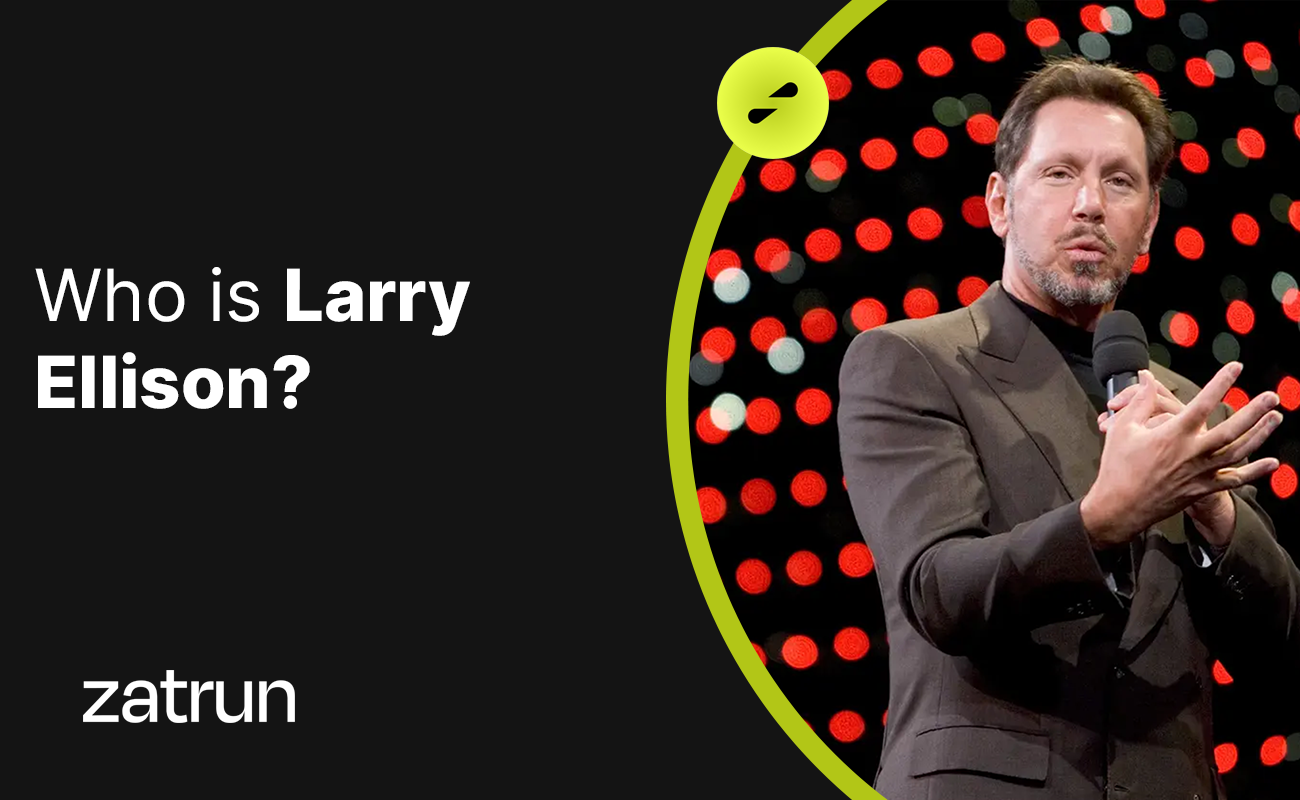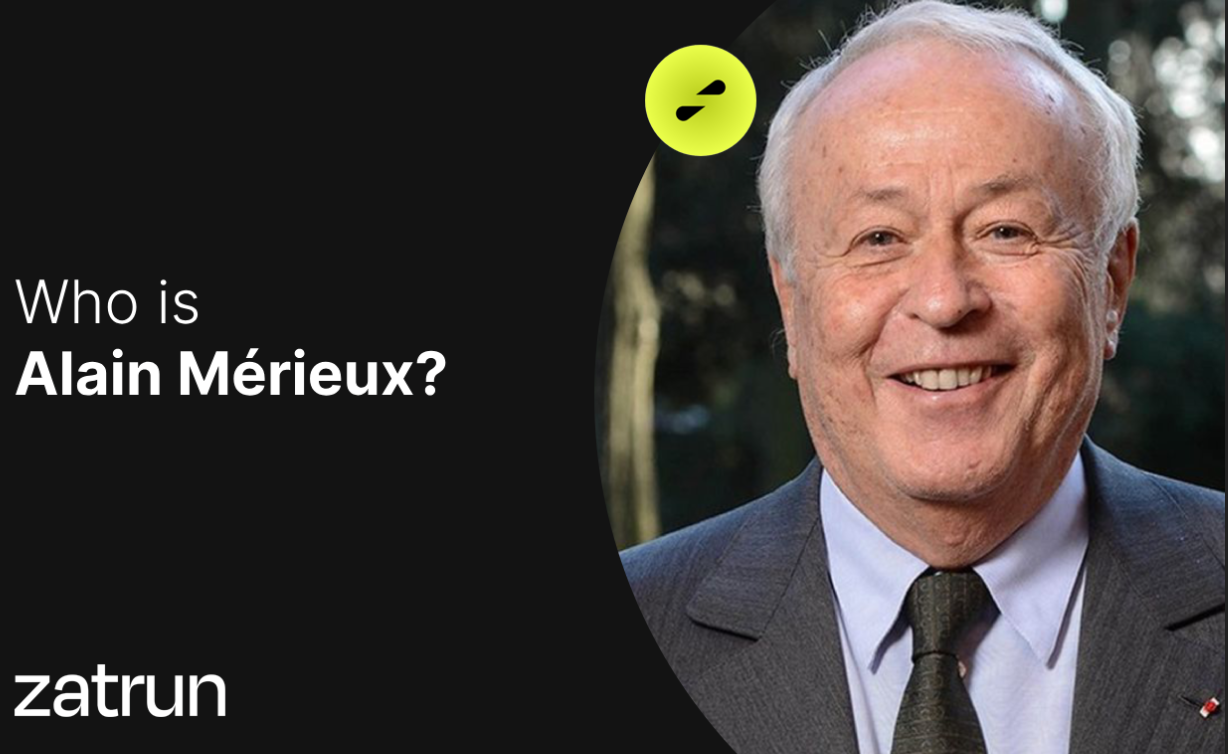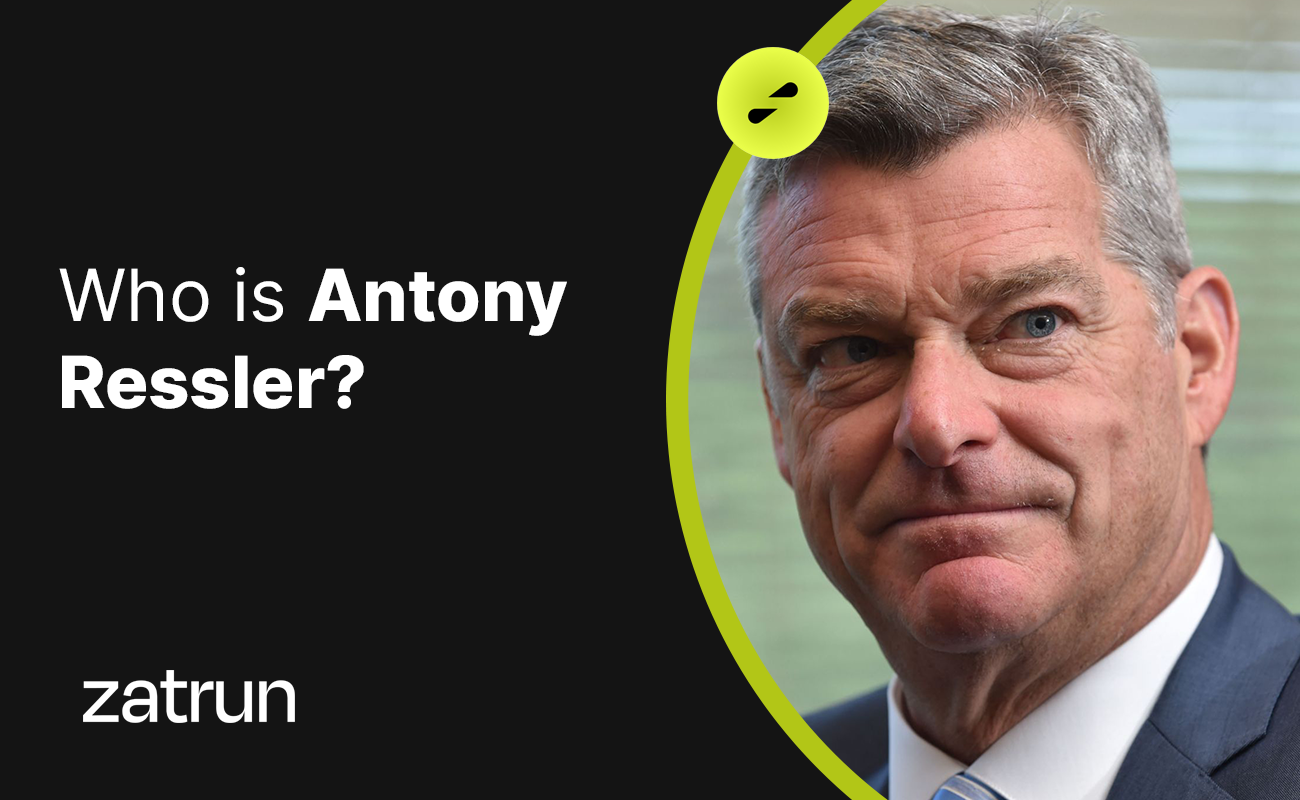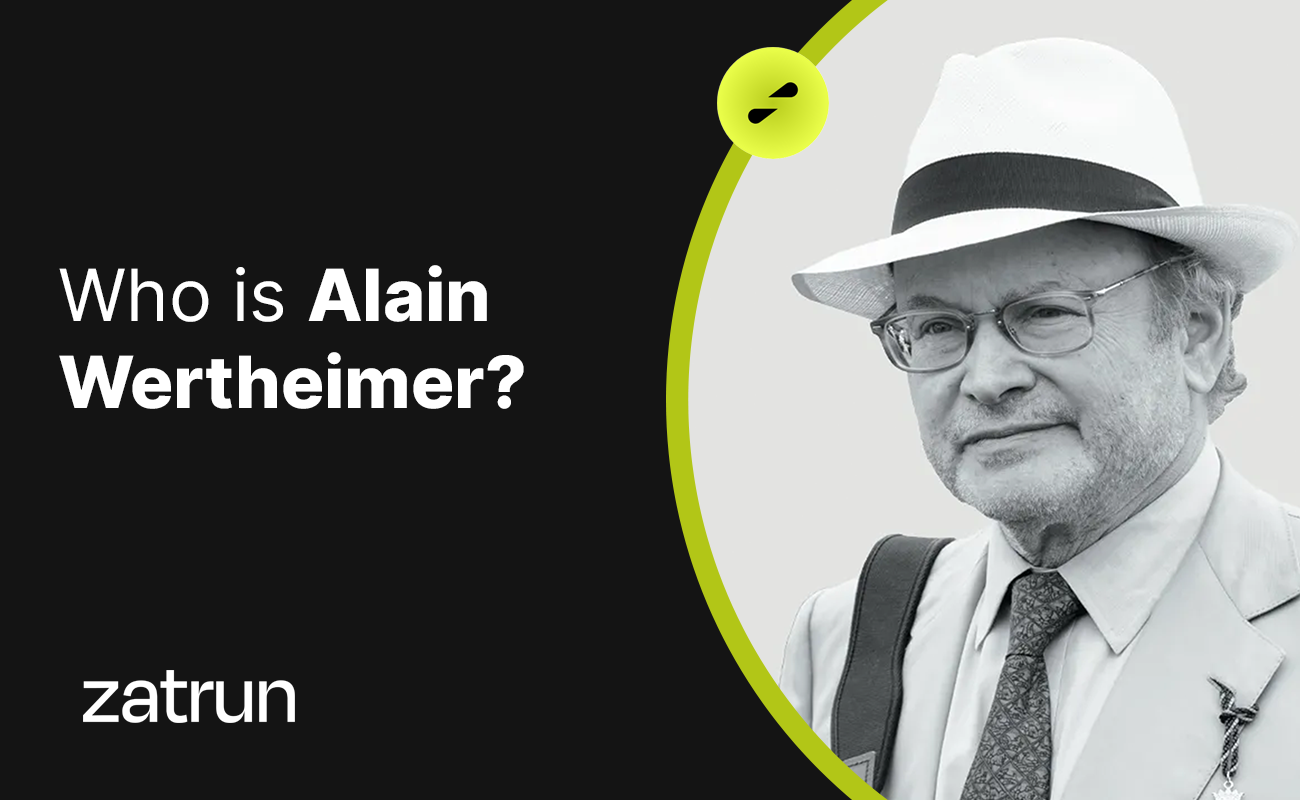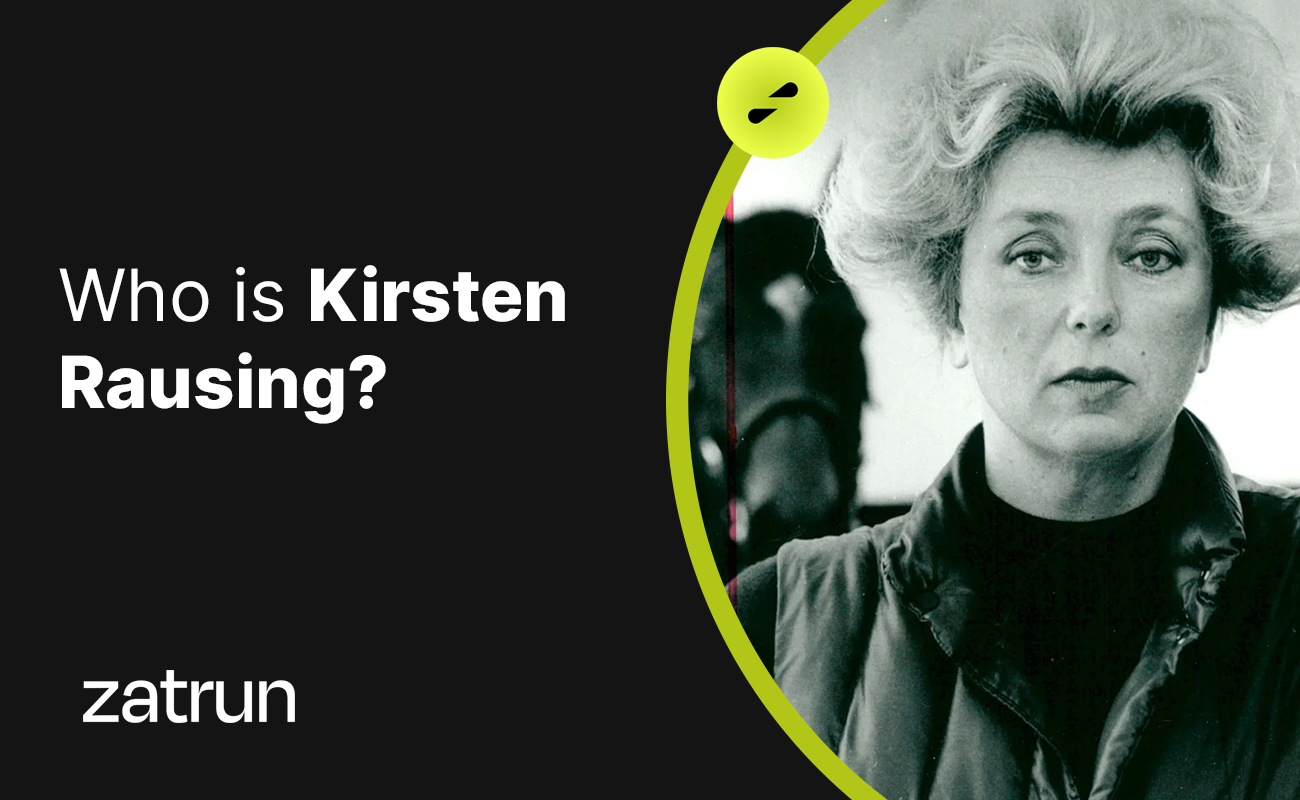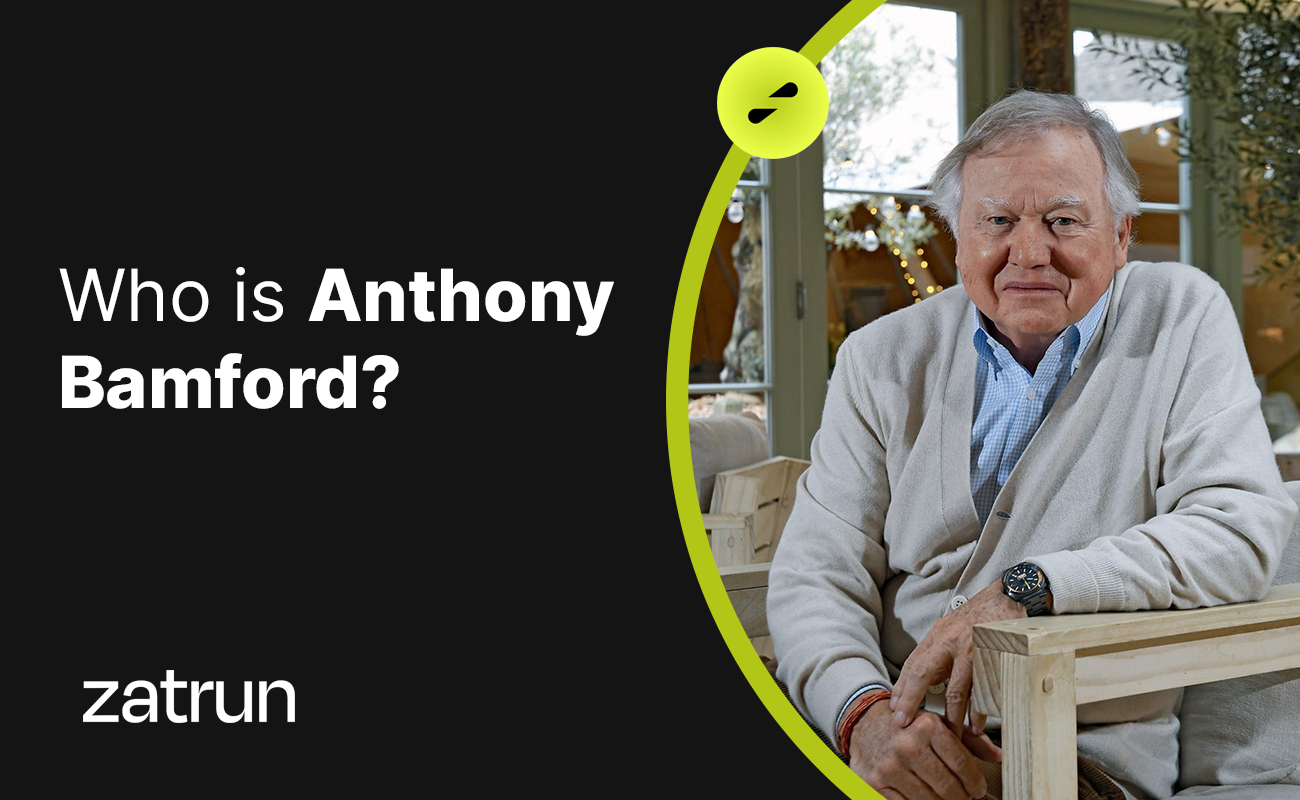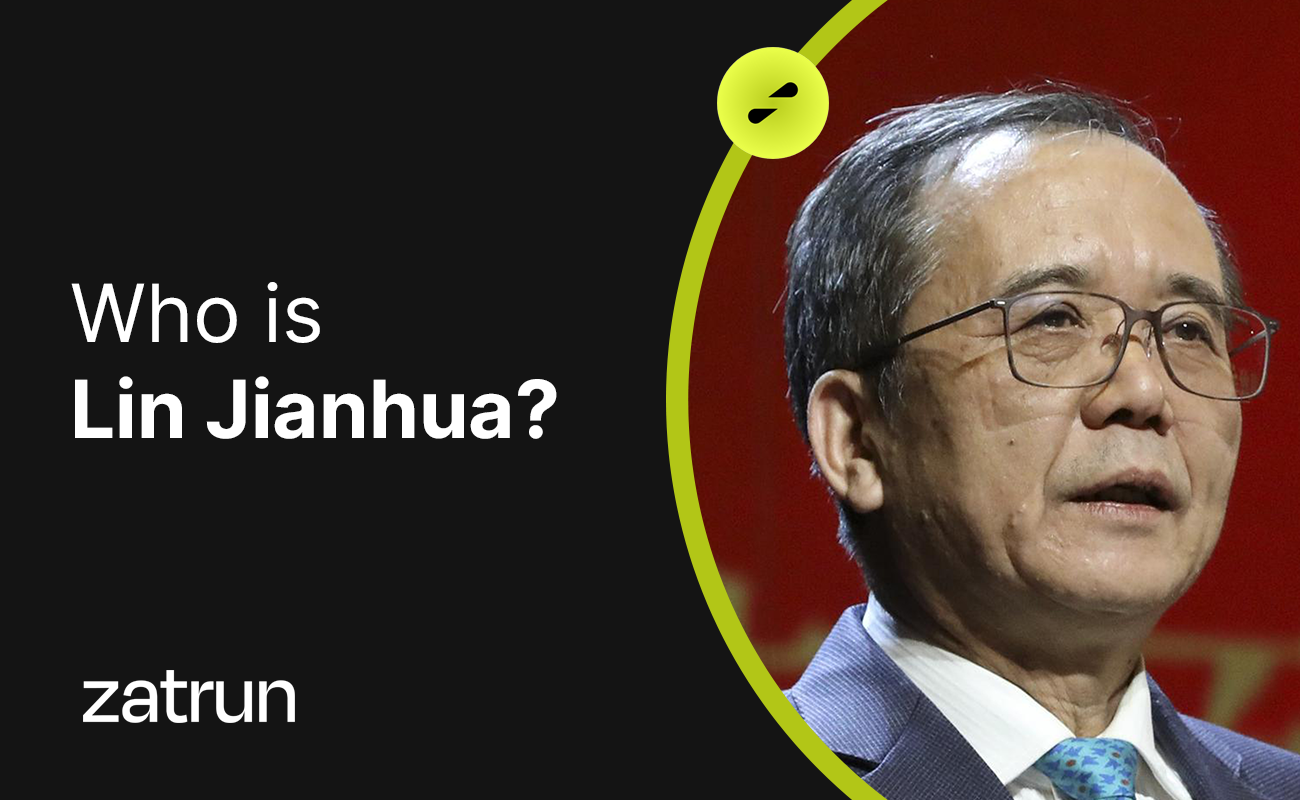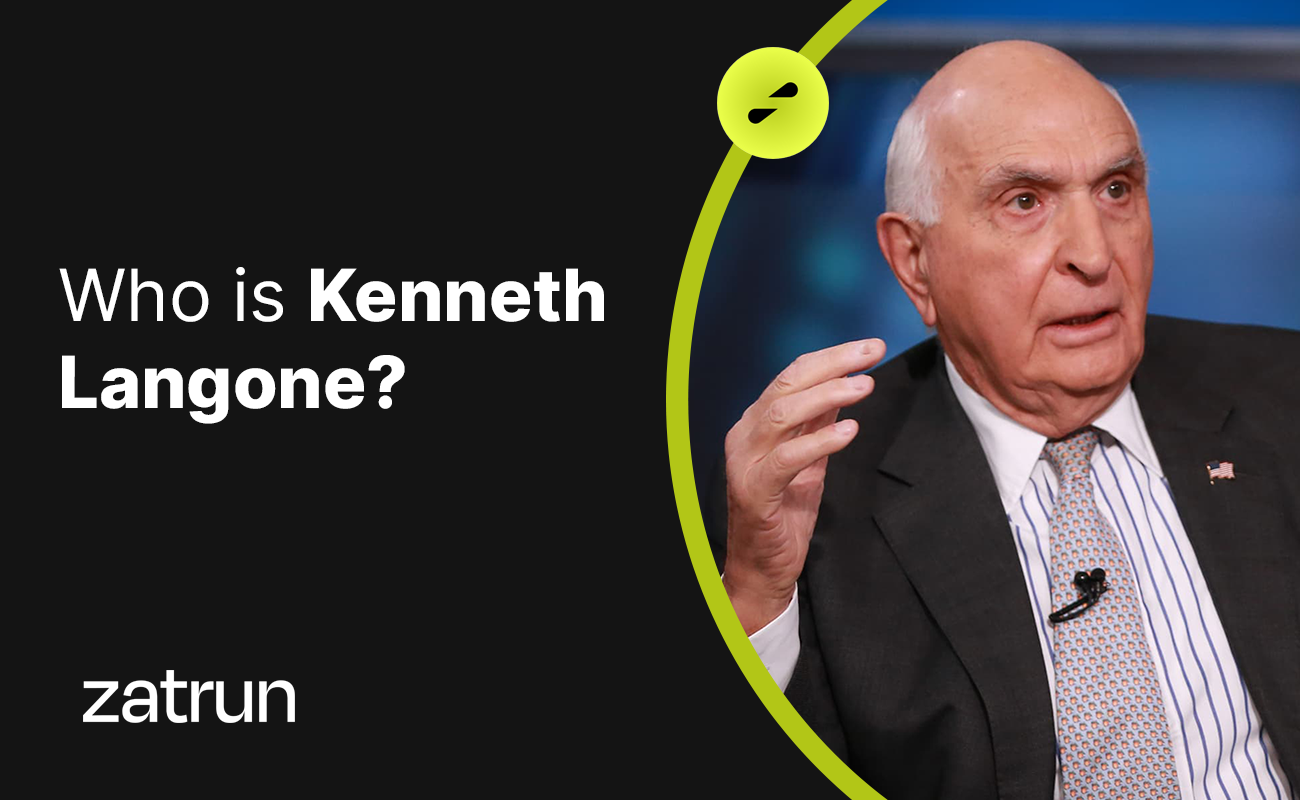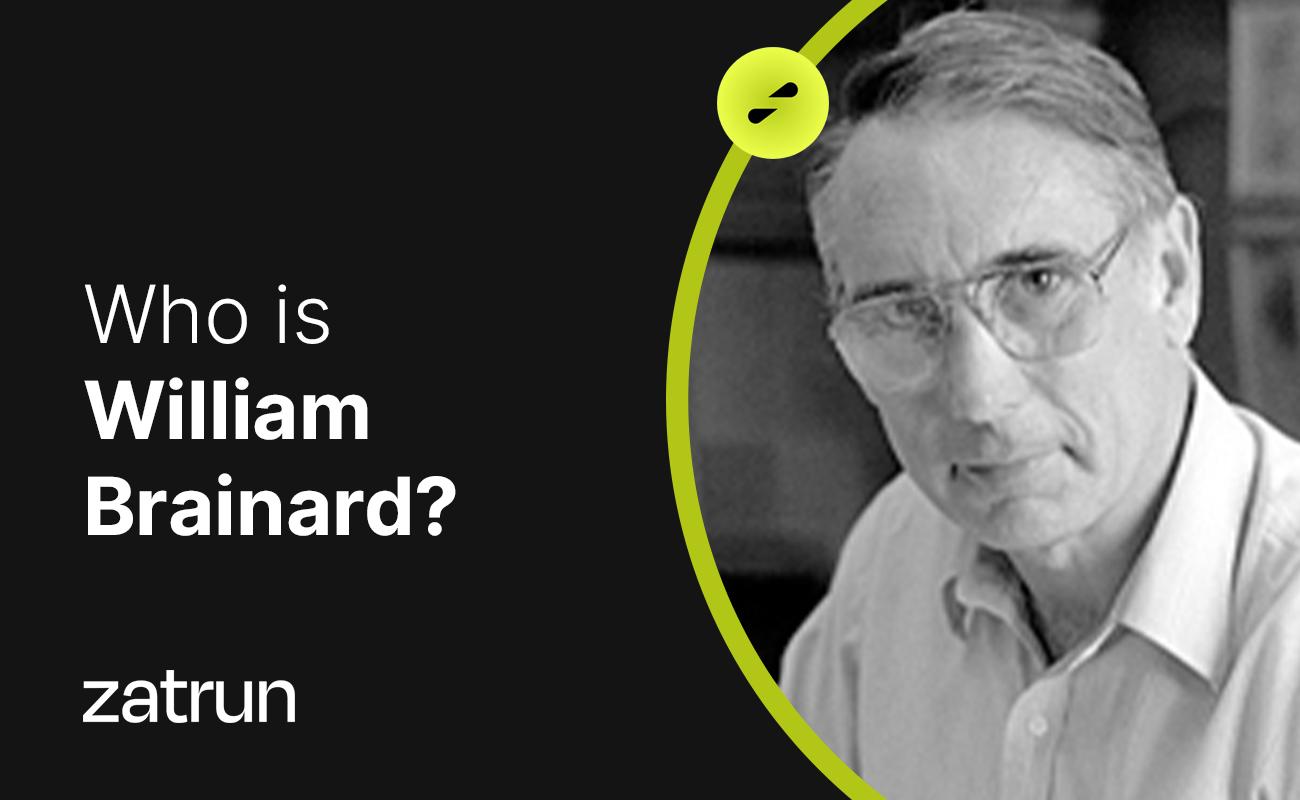James Buchanan, who won the Nobel Prize in Economics in 1986, is known for his work on public choice theory. The book “The Calculus of Consent” that he wrote with Gordon Tullock in 1962 contains his most famous work and the first explanation of public choice theory. Buchanan’s work has initiated research on how politicians and bureaucrats are affected by factors such as non-profit maximizing and maximized profit in the decision-making process.
He was a member of the Advisory Board of The Independent Institute, a member of the Institute of Economic Affairs, President of the Mont Pelerin Society (MPS) between 1984 and 1986, Distinguished Senior Fellow of the Cato Institute and a professor at George Mason University. If you find more about James Buchanan, keep reading this article of Zatrun.com.
Who is James Buchanan?
James Buchanan is an American economist who is known for his work on public choice theory. In 1962, he and Gordon Tullock first presented this theory in their book “The Calculus of Consent”. Later developed for years, this theory was awarded the Nobel Prize in Economics in 1986. Buchanan’s work-initiated research on how politicians and bureaucrats are influenced by issues such as self-focus and profit maximization in their decision-making process.

He was a member of the Advisory Board of The Independent Institute, a member of the Institute of Economic Affairs, President of the Mont Pelerin Society (MPS) between 1984 and 1986, Distinguished Senior Fellow of the Cato Institute and a professor at George Mason University.
He was born as the eldest of three children of James and Lila (Scott) Buchanan in Murfreesboro, Tennessee. His father married in 1918 and started a family, borrowed money for mechanizing and improving the farm and bought a Jersey cattle shed. The Buchanan farm had difficulties in the 1920s – when James Buchanan Jr. was old enough to work on the farm. In his memoirs published in 1992, Buchanan mentioned that farm life was “comfortable poverty” and that there was no indoor plumbing or electricity.
His Early Life and Works
James Buchanan served in Honolulu, Hawaii, at Pearl Harbor and Guam as a member of Admiral Chester W. Nimitz’s operational planning team in March 1942. He started active duty in September 1941, was trained in New York, and went to Honolulu in March 1942, where he stayed throughout the war.

Buchanan, who served as a US Navy officer at Pearl Harbor and Guam, married a nurse he met in Honolulu in 1942. Thanks to the support of his wife and the generous G.I. Bill education assistance offered to war veterans, Buchanan had applied for graduate studies. In his 1992 biography, Buchanan said that when he began his graduate studies at the University of Chicago in 1945, he was not aware that the Chicago School of Economics was market oriented.
James Buchanan and His Academic Career
After completing his PhD in 1948, he worked as an assistant professor and then as an associate professor at the University of Tennessee from 1948 to 1951. He served as an economics professor at Florida State University, where he also served as department chair from 1951 to 1956. He served as a consultant to the U.S. Department of State between 1955 and 1956.

He returned to the University of Virginia in 1956, where he was a professor for many years and where he established the Thomas Jefferson Center for Political Economy. In addition to his academic career, Buchanan was also active in many institutions and served as a consultant to several international organizations.


